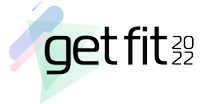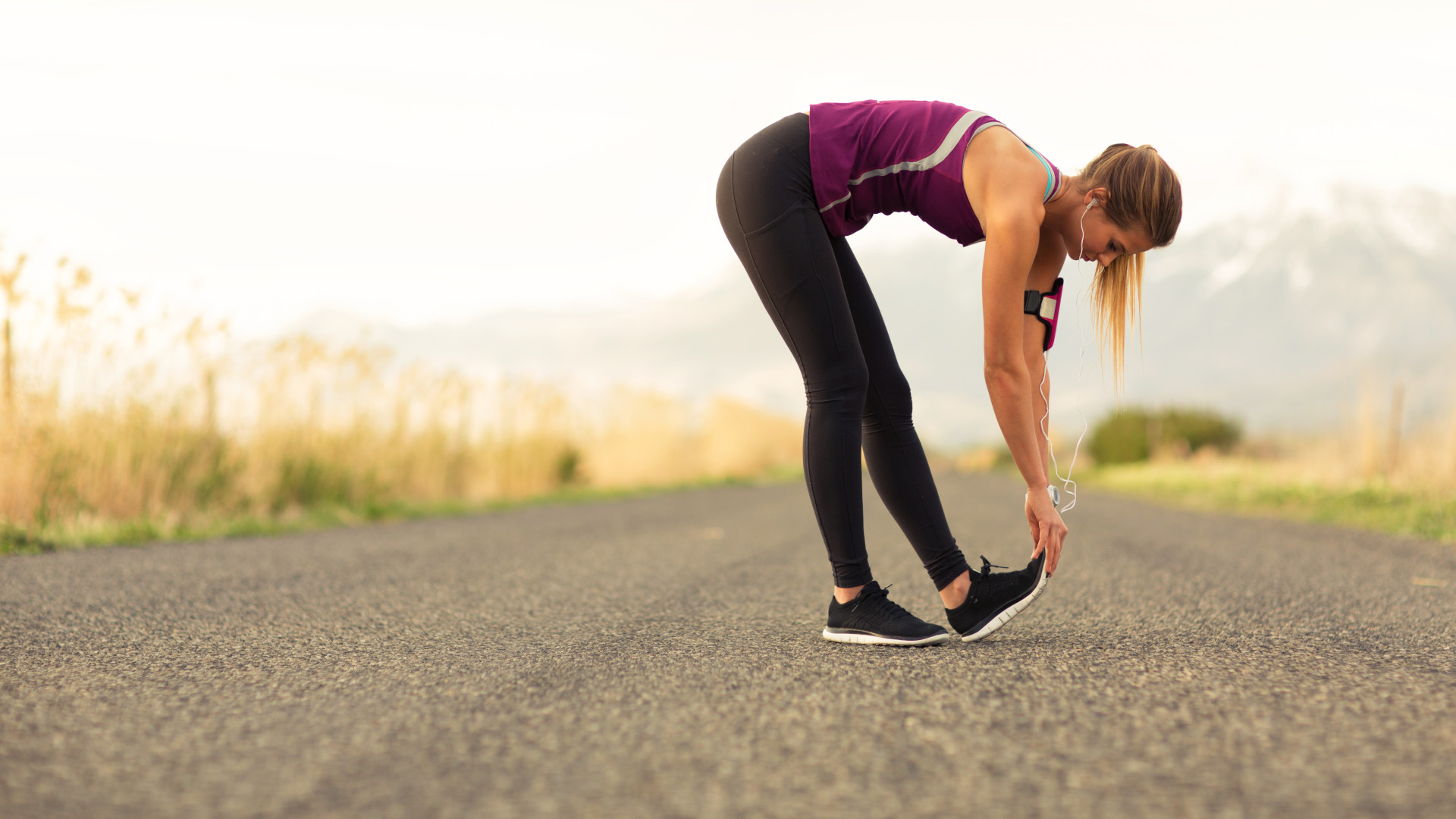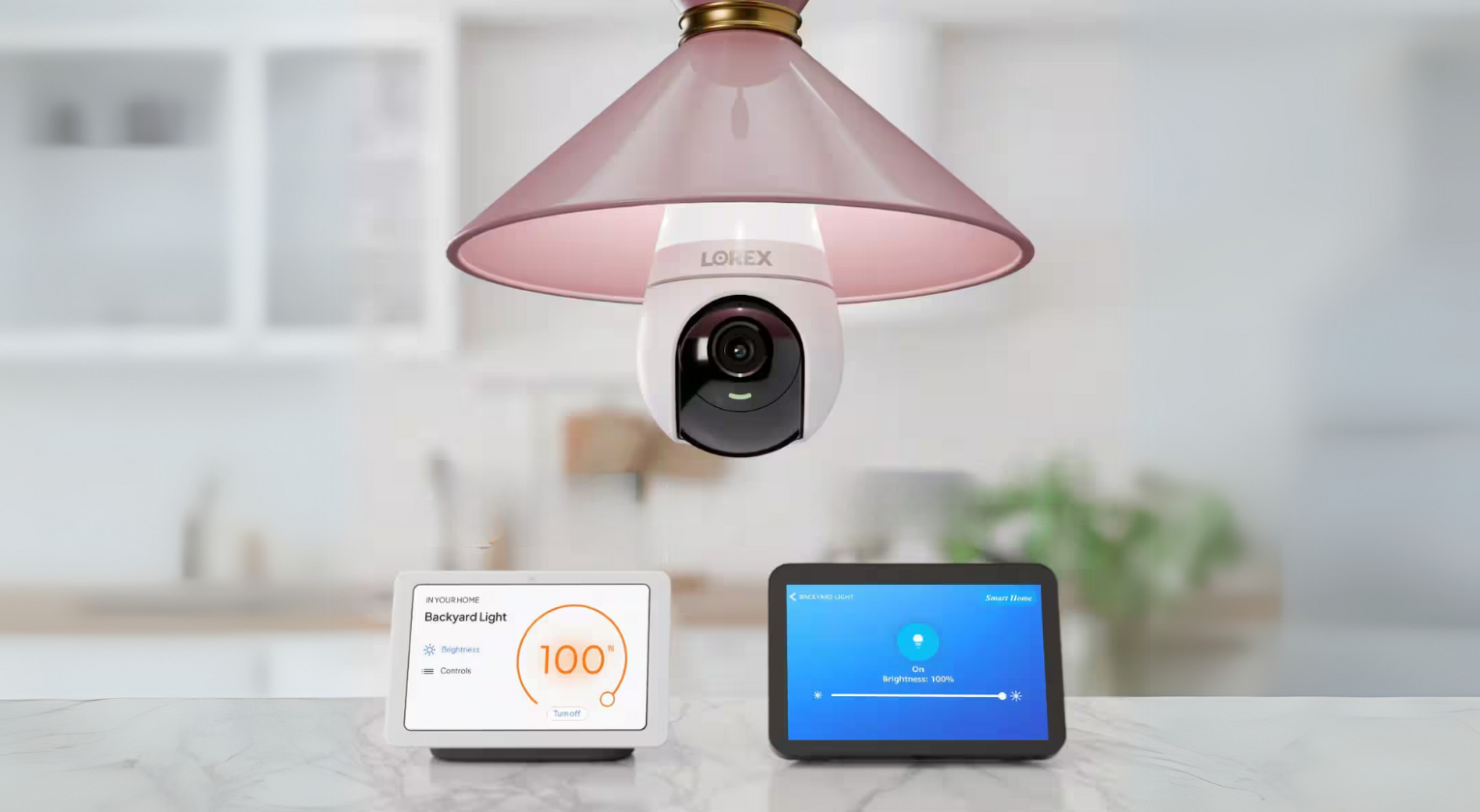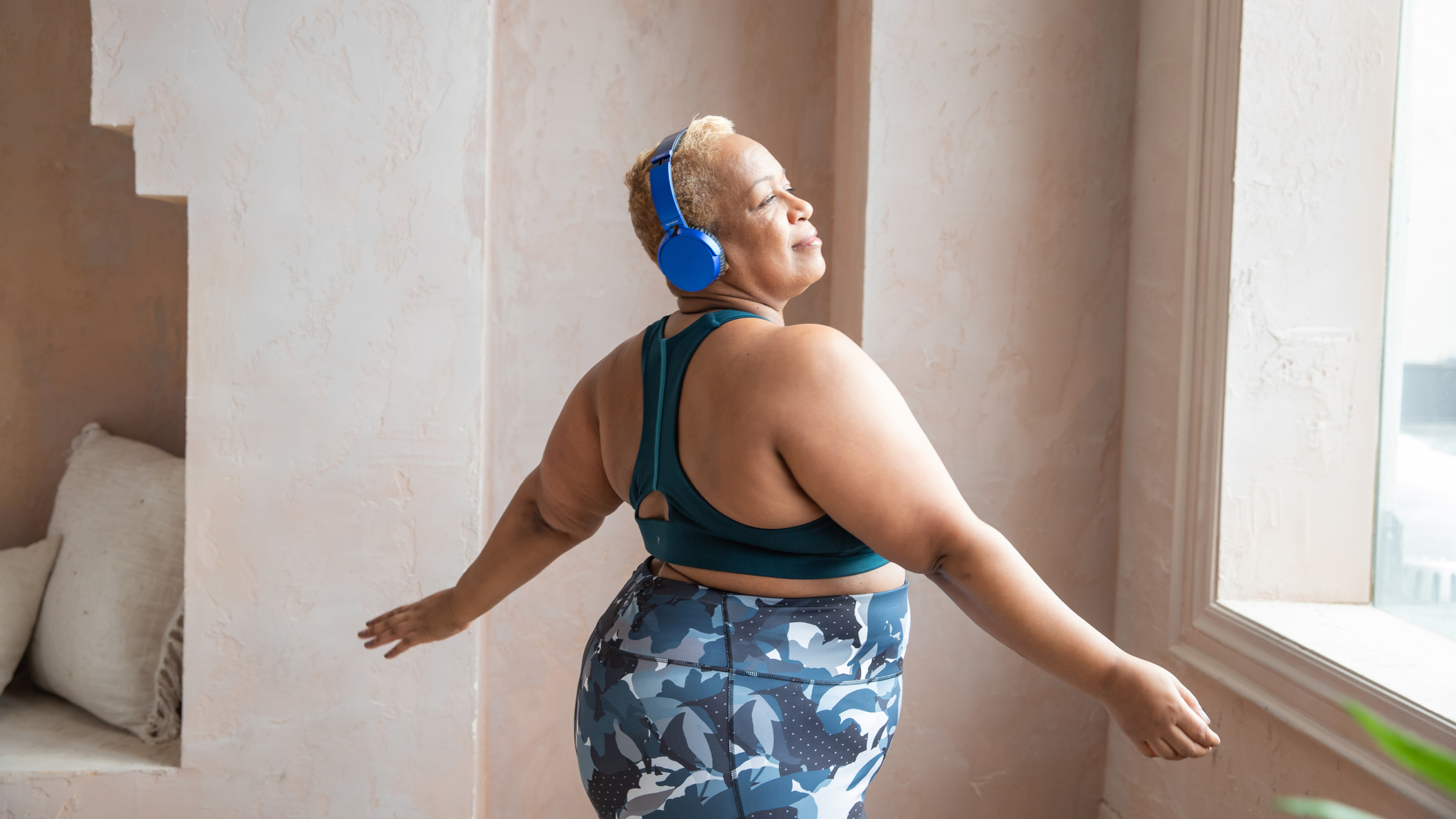


Congratulations, you’ve decided that next year will be the year you finally get fit. And that probably means you also made a new year’s resolution to exercise more to achieve that goal. But how is your resolution working out for you? According to research from Strava, you might be ready to throw in the towel right about now…
In 2020, Strava named 19 January‘ Quitter’s Day’ – the day most people ditch their resolutions – based on activity habits and trends data from more than 800 million user-logged activities in 2019. Consider also that Quitter’s Day came two days earlier on 17 January the previous year, and its odds on you’ve already let your fitness commitments slide.
But don’t let your failure to stick to your fitness resolutions prevent you from getting fit this year! Whether you’re entirely new to exercise or have lost your fitness mojo, we’ve got the advice and tips to help you stay on track and have your fittest year ever. Want to lose some weight first? The best high-protein breakfasts can help you start the day the right way. Find out which exercise burns the most belly fat (these six celebrity trainer-approved workouts sure do).
Set your goals the S.M.A.R.T way
So, you want to get fit. But what does ‘getting fit’ actually mean to you? Perhaps you dream of being fit enough to climb a mountain or run a marathon? Or maybe you want to be able to run for a bus and play with your kids without gasping for breath? Everyone has a different idea of what it means to be fit, so it’s essential that you set yourself a clear fitness goal. Without one, you may lack the motivation, direction and focus you need to nail it.
Setting ‘SMART’ goals, i.e., breaking your goals down, so they are Specific, Measurable, Achievable, Realistic and Time-constrained, is a tried-and-tested method that will help you stay on track with your new workout programme whether you’re a total newbie to fitness or Olympic-level athlete.
Good examples of SMART goals are ‘I will lose 6 lbs/2.73 kg in four weeks’ or ‘I will run a 5k race in eight weeks’ time’ because each of these goals is realistic, measurable, achievable, specific and time-constrained, and clearly defines the goal you want to achieve.
Examples of non-SMART goals include, ‘I want to build muscle’ or ‘I want to lose weight’ because they are too generalised, while goals like ‘I want to lose 20lbs in one month’ or ‘I’m going to train for a half-marathon in four weeks’ are unrealistic and potentially hazardous to your health.
Sign up to the T3 newsletter for smarter living straight to your inbox
Get all the latest news, reviews, deals and buying guides on gorgeous tech, home and active products from the T3 experts
Instead, set yourself a realistic target you can smash, feel good about, and keep building on, rather than setting an unattainable goal that sets you up to fail before you’ve even started.

Break big goals down into smaller goals
When choosing your goal, there’s nothing wrong with setting the bar high. But try to avoid focusing too much on the long-term ‘destination’ goal, as this can quickly become overwhelming and appear unattainable. Instead, focus on the ‘process’ goals that will help you reach your destination over a certain period.
To do this, make a goal pyramid by placing your long-term goal at the top and breaking it down into smaller goals over time. For example, if you want to lose 20lbs in three months, you should break that big goal down into monthly goals of 7lbs a month, which then breaks down to around 1.7lbs a week. Next, break down your weekly goal into daily goals, such as ‘I need to meal prep for the week’ or ‘I need to exercise five times for 45-minutes’.
Once you’ve broken down your goal, spend at least 30-minutes a week scheduling your workouts into your diary and treat them the same way as unmissable doctor appointments and work meetings. Doing this means you’ll be more likely to get your gym kit ready the night before, arrange childcare, plan your meals, go to bed early, and eliminate any potential excuses for skipping a workout.
Remember, if you fail to plan, you plan to fail.

Find your ‘why’
Consistency is key for achieving success with any fitness goal, and that requires commitment and dedication. Therefore, it is essential that you find your ‘why’, i.e., your purpose for exercising. Because when you have your ‘why’, you can tolerate the ‘how’, which is the work you need to put in to achieve your goal.
Finding your ‘why’ is especially important if you’re someone that always fails to stick to a new fitness routine year after year – and your ‘why’ must be huge. It could be that getting fit for a holiday or special event doesn’t provide you with a big enough ‘why’ to make consistent lifestyle changes.
But deciding you want to get fit because you hate the way you look in the mirror and you don’t want to feel that way anymore - or because you want to live a long, healthy life and see your grandchildren grow up - should provide you with a ‘why’ that’s powerful enough to encourage real change.
Take the time to really think about the reasons why you want to get fit, then write them down and look at them regularly. Then, when you feel like skipping a workout or eating something unhealthy, you can go back to these words and remind yourself why you are doing it.
Do what you love
We’ve said it before, and we’ll say it again: consistency is key if you want to get fit. This means you need to find activities you love doing so you return to them again and again. Because exercise should be enjoyable - if it feels like torture, we reckon you haven’t found your workout method of choice yet.
If you have a competitive streak, or you love socialising with others, think about trying a team sport, hitting a CrossFit gym or doing a group fitness class like HIIT. You might also benefit from joining a running or cycling club that will support you in training and provide regular get togethers.
If you’re working out for the mental health benefits, try activities that will help you relax, such as yoga and Pilates, or stress-relieving workouts like as dancing and boxing. And don’t forget, walking in the great outdoors absolutely counts as exercise when you do it regularly, plus it has brilliant health, fitness and mind-boosting benefits.
In short, there’s an activity for everyone, and you’re bound to find something that suits your personality, fits your lifestyle, and keeps you coming back for more if you keep looking. Don’t quit the search!
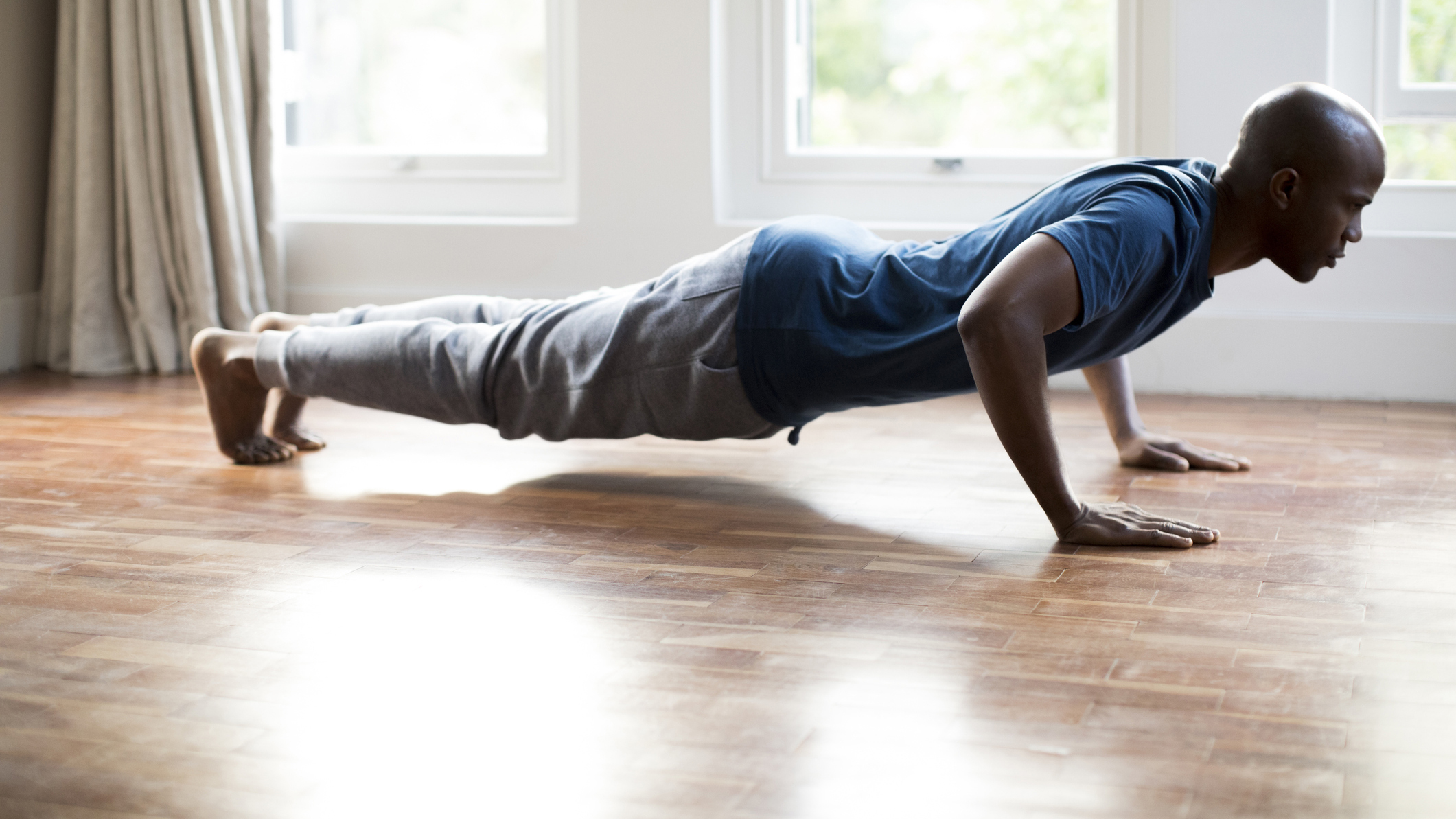
Measure your progress
When you start a new fitness routine, it’s always a good idea to test your fitness and jot down your vital statistics so you have the vital benchmarks needed to monitor your progress (talking to your GP is also advised before you start any new workout regime).
Establish your fitness level by taking the best fitness tests and writing down your results. Don’t be disappointed if you’re more unfit than you thought – things can only get better with time and effort! Re-take the tests every four weeks and you’ll soon see an improvement in your scores, and feel the difference in your flexibility, strength and cardiovascular fitness.
This can be particularly useful if your goal involves weight loss because the improvements in your fitness can help boost your motivation and encourage you to keep going when the scales stay the same in spite of your hard work.
For this reason, it’s also worth grabbing a tape measure and jotting down your chest, waist, and hip measurements. Because while a pound of fat weighs the same as a pound of muscle, muscle is denser and more compact than fat, which means you might have lost centimetres or inches from your body even when the scales show no change.
The recap
So, there you have it: our top tips to restart your fitness routine if your new year’s resolutions have gone pear-shaped. As you will have noticed, successfully sticking to a new workout programme takes more than just waking up one day and hoping that your old habits and attitudes to exercise will have changed overnight.
It takes planning, research, commitment, and a fair bit of thought from you to guarantee the results you’re after. But if you put this advice into action and stick to it, you should be well on your way to establishing the positive changes needed to make regular exercise a natural part of your life – not just the first three weeks of January!
This feature is part of T3's Get Fit 2022 campaign. We’ll be bringing you a wealth of guides, features, deals and news to help you get healthy, fit and ready for anything the new year can throw at you. Whether you’re a newcomer to fitness or someone with a passion for it, we’ll bring you all the best workouts, diet advice and gear to set you on the right track.
Jo is a London-based freelance journalist and content creator specialising in fitness, health, lifestyle and beauty. With a degree in Journalism, Film & Broadcasting from Cardiff University and almost 20 years’ experience in the industry, she interviews celebrities and Olympians for a living, while testing out the latest beauty, hair, wellness and fitness gadgets. As a Level 3 Personal Trainer and author of several fitness guides, she gets to try the coolest workouts while reviewing active travel destinations and writing investigative features about the wonderful world of wellbeing for many of the UK’s top magazines, newspapers and digital publications. When she’s not sitting at her laptop, Jo likes exploring new walking spots with her beagle, gardening, and DIY. She is also one of the few people on the planet still obsessed with what’s coming up in Phase 5 of the Marvel Cinematic Universe.
-
 20-minute full-body HIIT workout to burn fat and boost your metabolism
20-minute full-body HIIT workout to burn fat and boost your metabolismYou won't need any equipment for this T3-exclusive “Box ‘n Burn” shadowboxing follow-along workout
By Matt Kollat
-

 Reduce stress, get strong and burn fat with this 20-minute punch bag workout
Reduce stress, get strong and burn fat with this 20-minute punch bag workoutRelieve stress and get fit in the process with this follow-along workout from a top boxing coach
By Matt Kollat
-
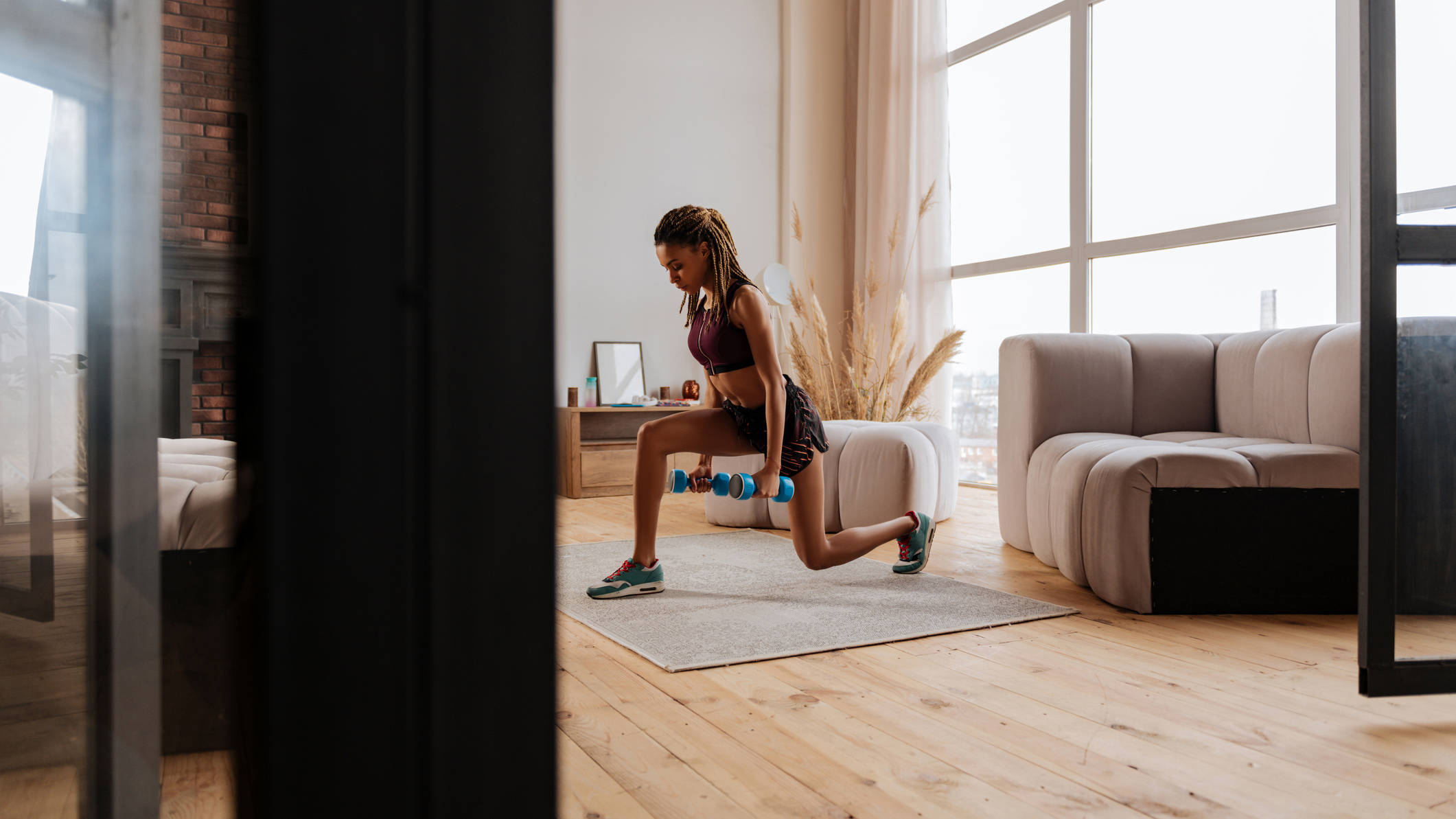
 This home workout combines HIIT and strength training – burn fat and build muscle in 20 minutes
This home workout combines HIIT and strength training – burn fat and build muscle in 20 minutesSlim down at home with this fast-paced dumbbell HIIT workout
By Matt Kollat
-
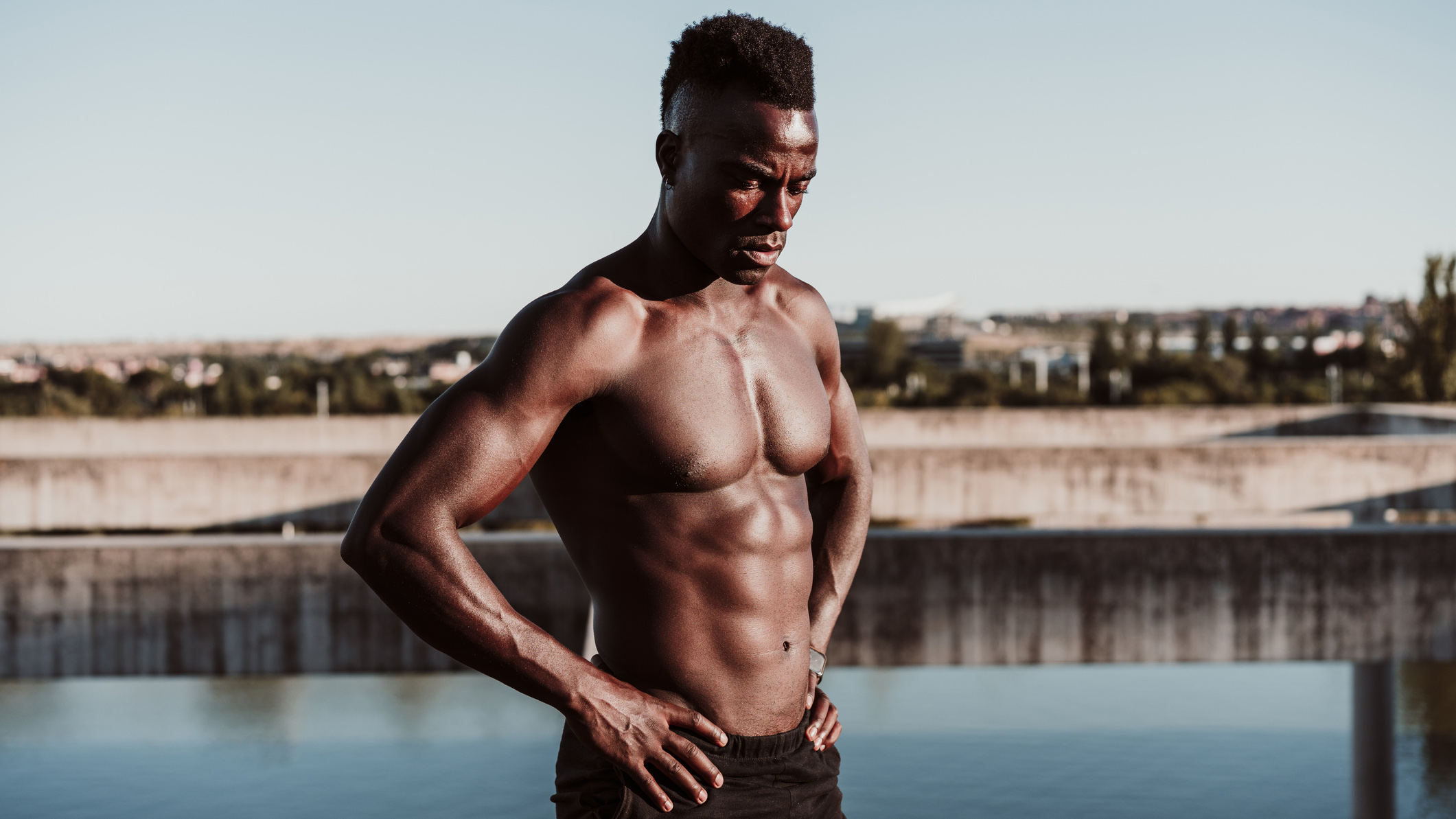
 Try this 2-minute six-pack workout and train the most neglected part of your abs
Try this 2-minute six-pack workout and train the most neglected part of your absFast, efficient and fun; this ab workout has it all!
By Matt Kollat
-
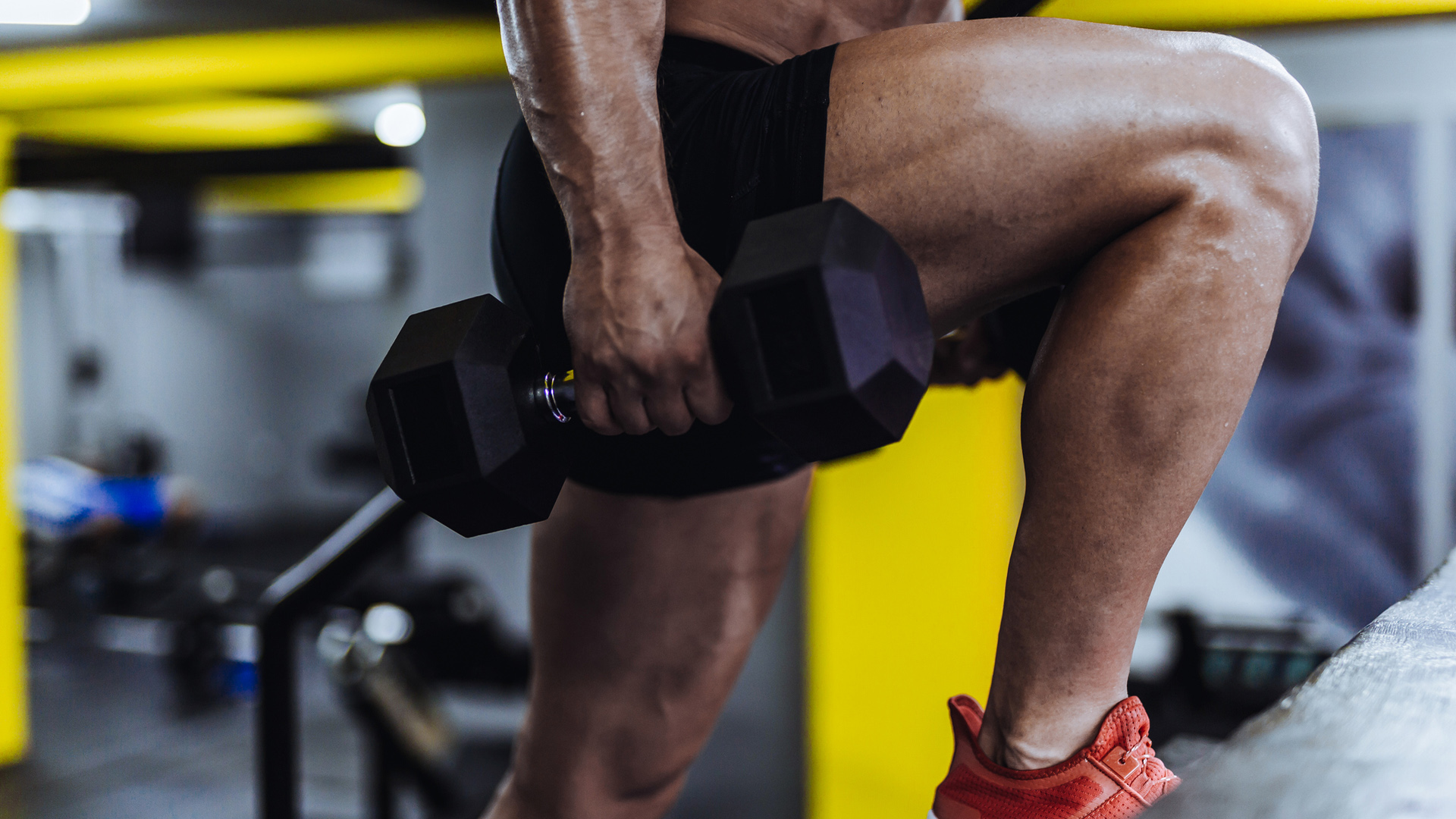
 Work the glutes, quads and calves with this 5-move leg day workout – you'll only need 2 dumbbell
Work the glutes, quads and calves with this 5-move leg day workout – you'll only need 2 dumbbellWork your whole lower body, from glutes to calves, with the smallest home weight
By Matt Kollat
-

 15-minute low-impact full-body workout to burn fat and improve metabolism
15-minute low-impact full-body workout to burn fat and improve metabolismYour body (and two chairs) is the only equipment you'll need for this workout
By Matt Kollat
-
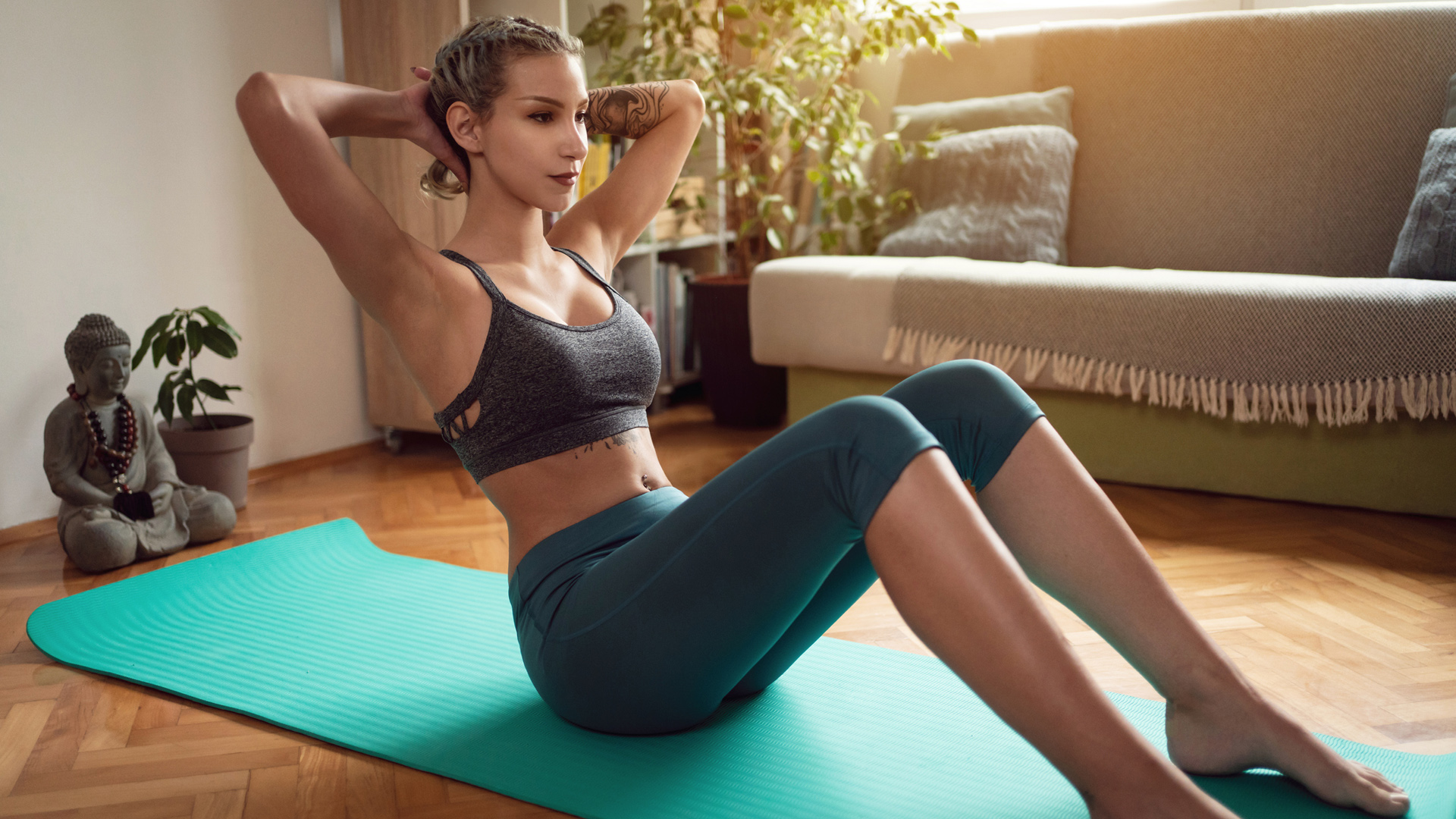
 Sculpt six-pack abs with this quick 4-move core workout – no equipment required
Sculpt six-pack abs with this quick 4-move core workout – no equipment requiredGet your abs ready for this fast and furious core workout – no equipment required!
By Matt Kollat
-
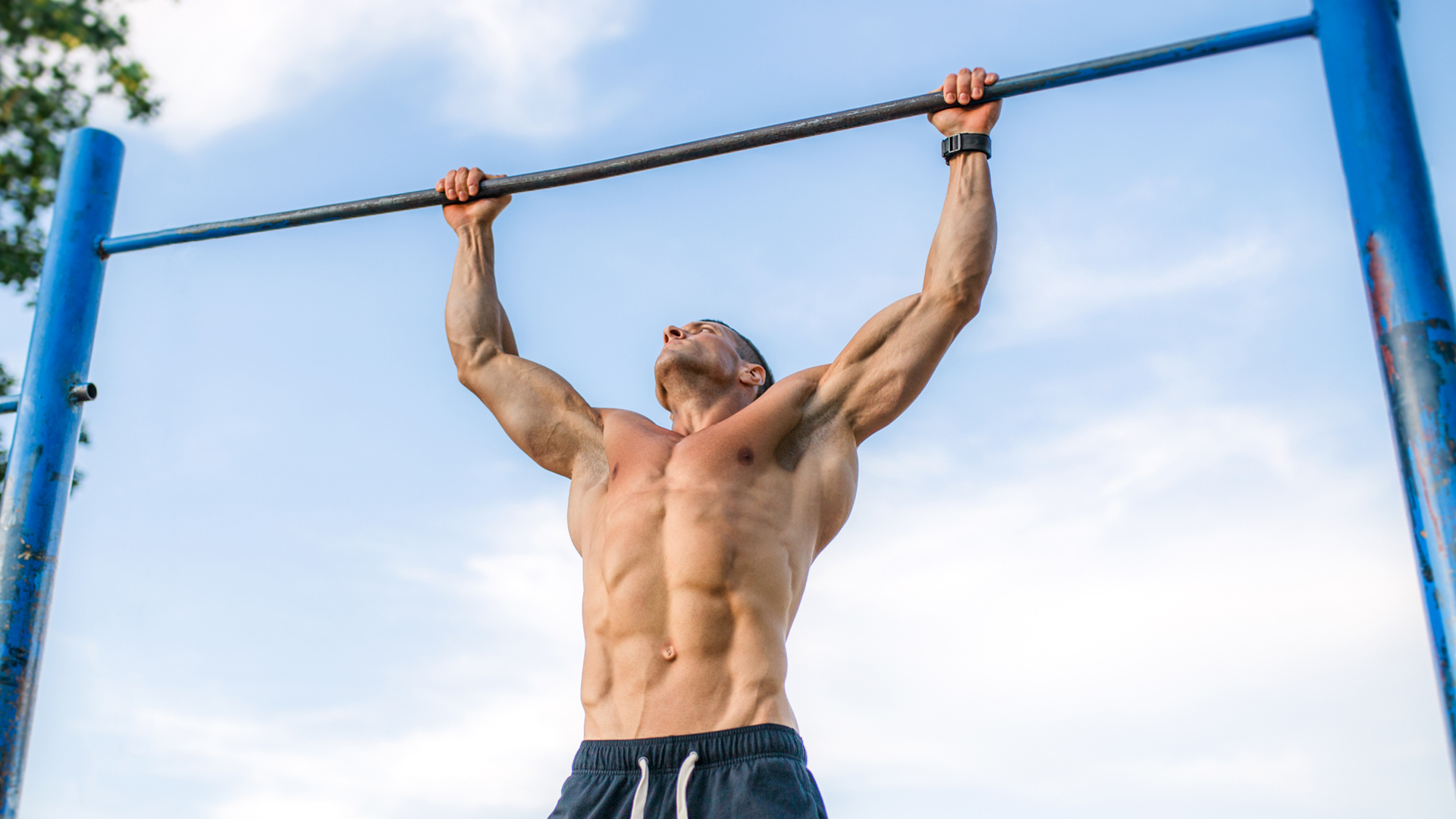
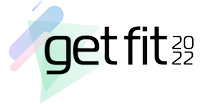 Build big arms and back muscles with this 5-minute pull up workout for beginners
Build big arms and back muscles with this 5-minute pull up workout for beginnersStruggling to get started with pull-ups? This fast workout will help you build strength (and arm/back size)
By Matt Kollat
